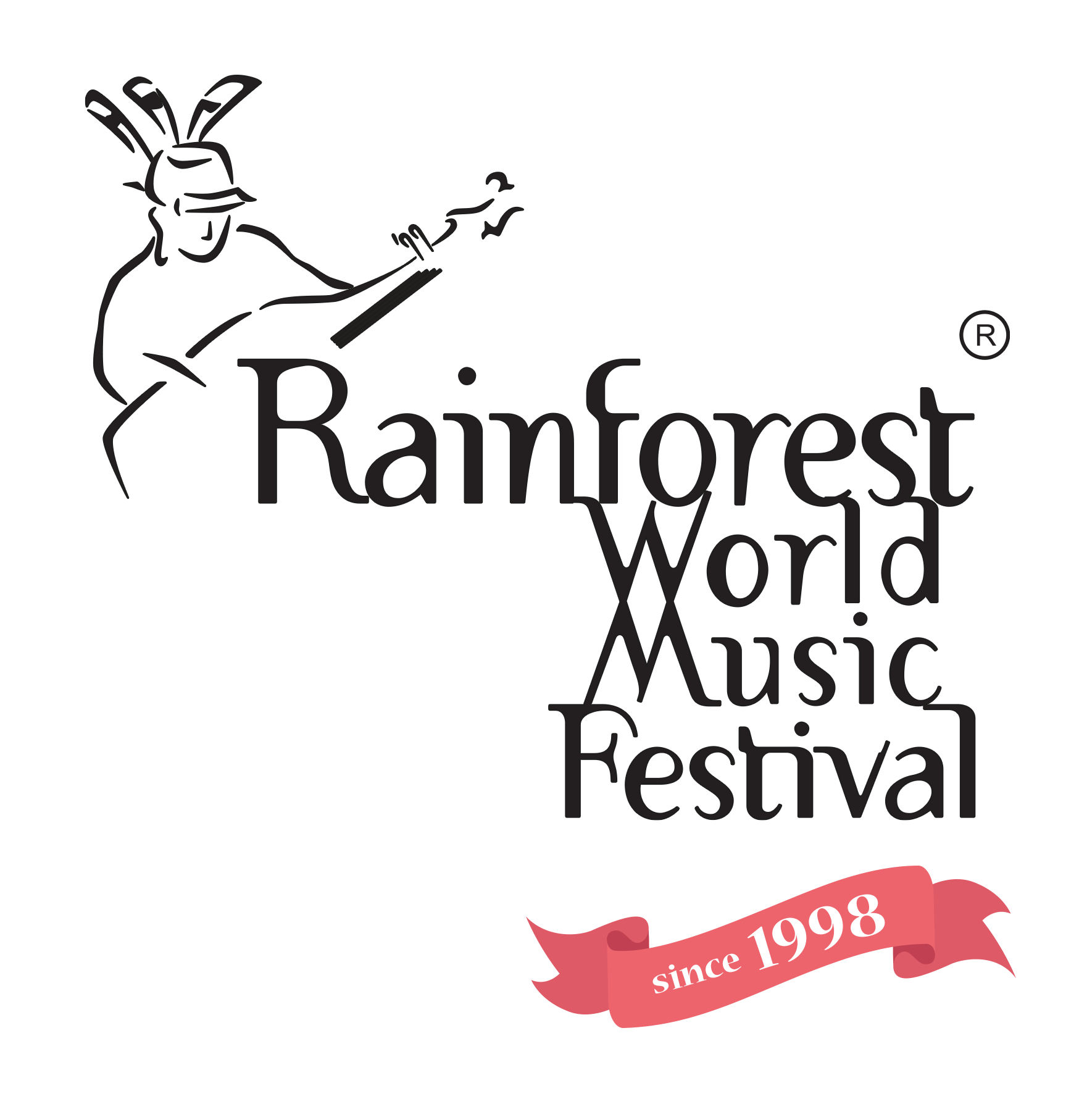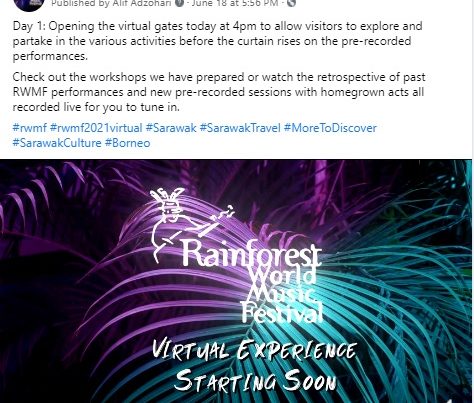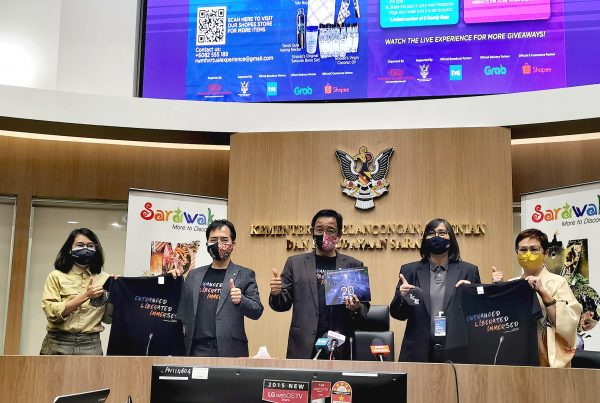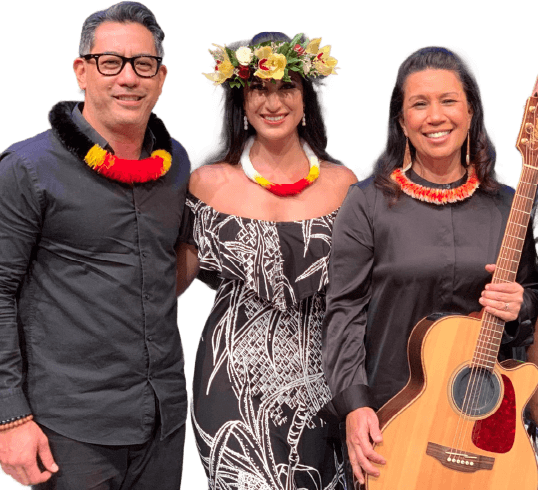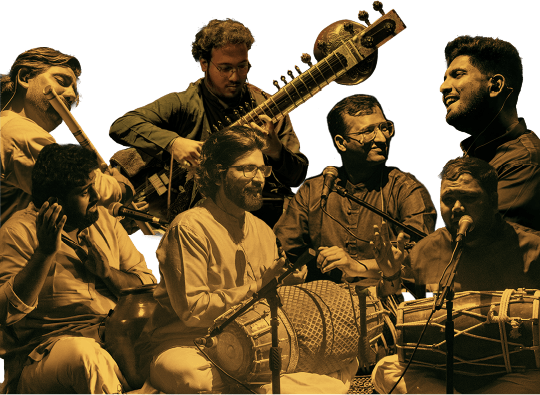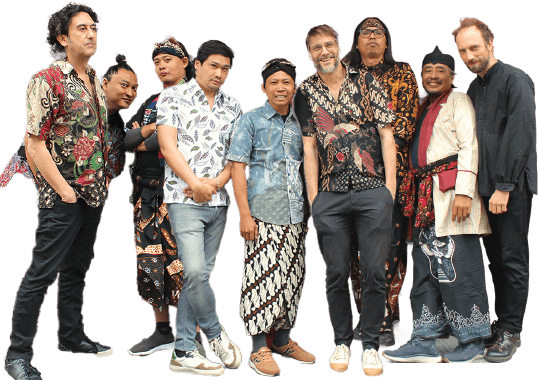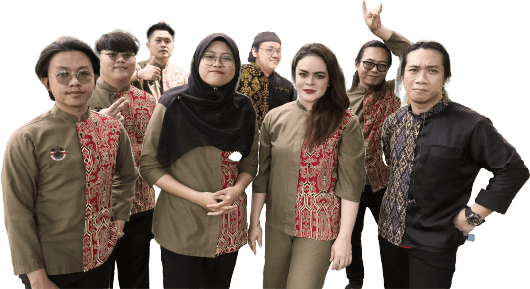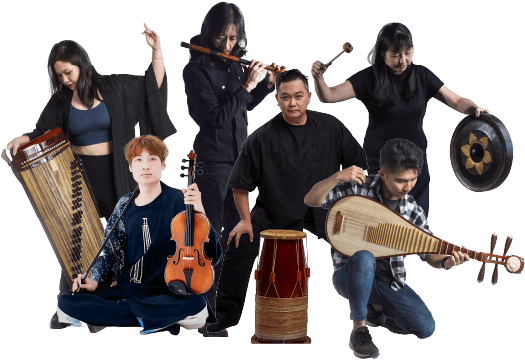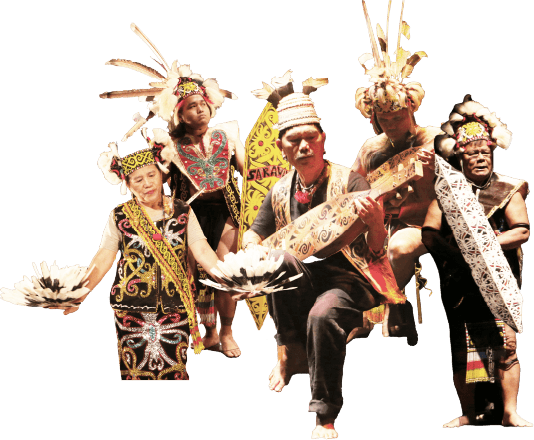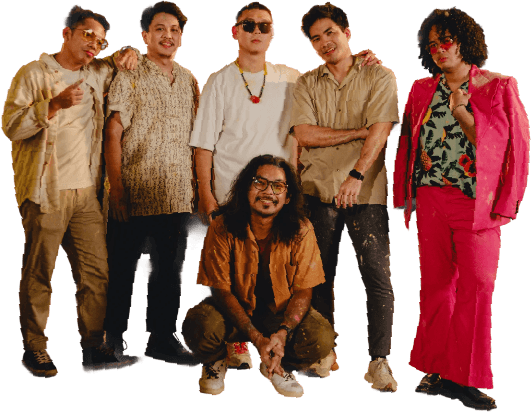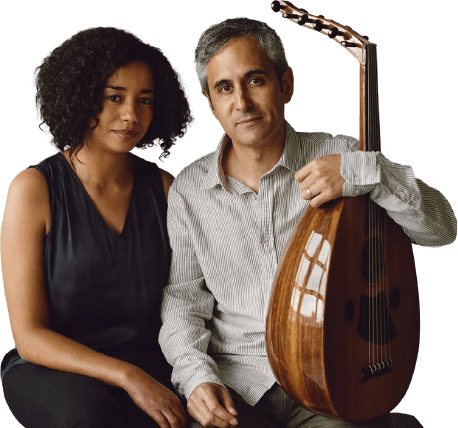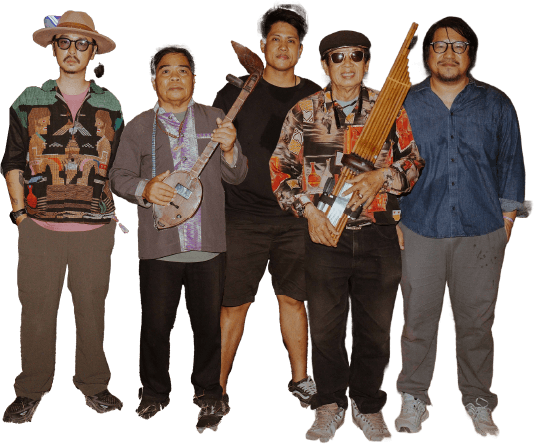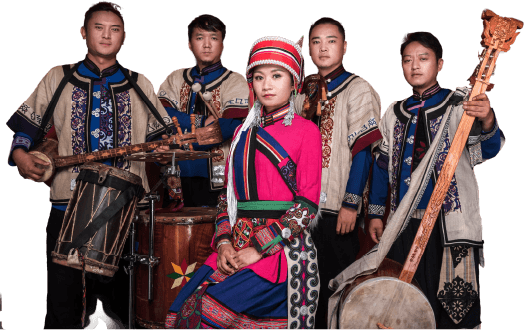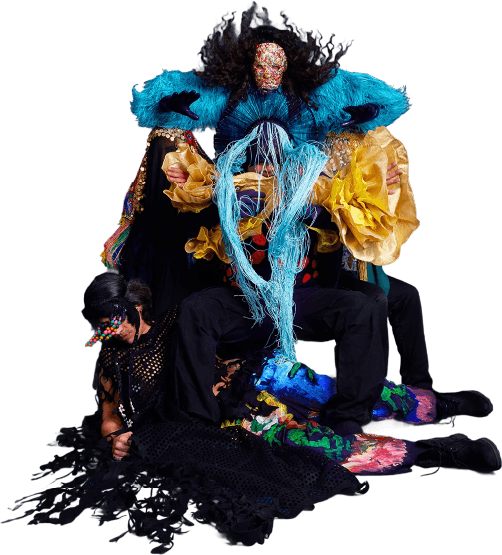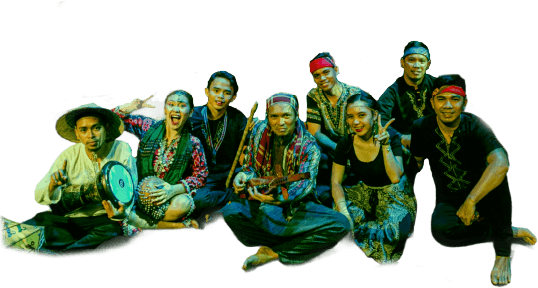For those in the know, this is a place of history, mystery, romance and exotic adventures. For those who don’t, well, it’s been said it’s Asia’s best kept secret. That’s Sarawak, the largest state in Malaysia and arguably its most exotic.
It’s the land of the fabled White Rajahs, the hornbill and the orang utan. Its rainforest, the size of Austria, houses the world’s richest and most diverse ecosystem. It is also home to the world’s largest flower, the Rafflesia (that can grow to the size of a coffee table), squirrels and snakes that fly, deer the size of cats, plants that eat insects (and very small animals) and species of flora and fauna still waiting to be discovered.
People and culture
While all these are a draw for visitors, what everyone also takes back are memories of their interaction with the diverse people they meet here. Sarawak is home to more than 27 ethnic groups, each with their own distinct language, culture and lifestyle. Their ancient cultures may differ, but they have one thing in common: their warmth and hospitality.
The Iban, a warrior tribe of old, are the largest demographic within Sarawak. Headhunters and pirates from centuries ago, the Iban are also some of the most hospitable people you will find in the state.

An elder at the Lemanak Iban Longhouse.
With a deep respect for their art and culture, as well as for those who journey here, they are more than happy to share their lives and stories with those who would care to listen.
The Orang Ulu, literally meaning “those from upriver”, are just as warm. With their many different tribes – such as Kayan, Kenyah, Lun Bawang and Kelabit – they each have a language, lifestyle and culture that are unique. Because of their warmth in sharing, their art and music has spread abroad, as seen in the growing popularity of the Sape, or the boat lute, as played by famous Sarawakian Orang Ulu musicians such as Mathew Ngau and Alena Murang.

Bidayuh ring ladies entertaining tourists with a dance.
You can experience this by spending the night in one of their longhouses, listening to legends that go back to the Stone Age. Whether it’s the Iban, Bidayuh, Melanau or one of the many Orang Ulu groups you stay with, the welcome will be equally warm.
In the towns, you can also mingle with the Malays or the many different Chinese communities that have made Sarawak their home, creating hubs of history, food and culture.
One with nature
Sarawak has more protected areas than the rest of Malaysia combined, with 37 national parks, 14 nature reserves and five wildlife sanctuaries. These protected areas have become hubs of conservation of the Sarawak flora and fauna.
Bako National Park sits just 45 minutes away from Kuching city and is home to the endangered proboscis monkey and seven distinct plant ecosystems compressed into its 27.4 sq km area.

The orang utan is synonymous with Sarawak, along with the hornbill and proboscis monkey.
A four-hour drive and a 90-minute boat ride from Kuching, spanning 24 sq km, is Batang Ai National Park, home to the highest known concentration of wild orangutan habitats in all of Borneo. It’s also an important sanctuary for gibbons, white-fronted langurs, maroon langurs and hornbills. The area is dotted with Iban longhouse communities; the people are the hosts, guides and protectors of the land, bringing visitors on treks in search of the sights and sounds of the jungle.
Miri is often called the “gateway to national parks”, as it leads to the national parks of Niah, Loagan Bunut and Lambir Hills. The foremost one is Gunung Mulu National Park. The caves of Gunung Mulu have been named a Unesco World Heritage Site, and include the world’s largest natural chamber (the Sarawak Chamber), the world’s largest cave passage (Deer Cave) and the longest cave in South-East Asia (Clearwater Cave). Much of the cave network, an estimated 70%, has yet to be discovered.
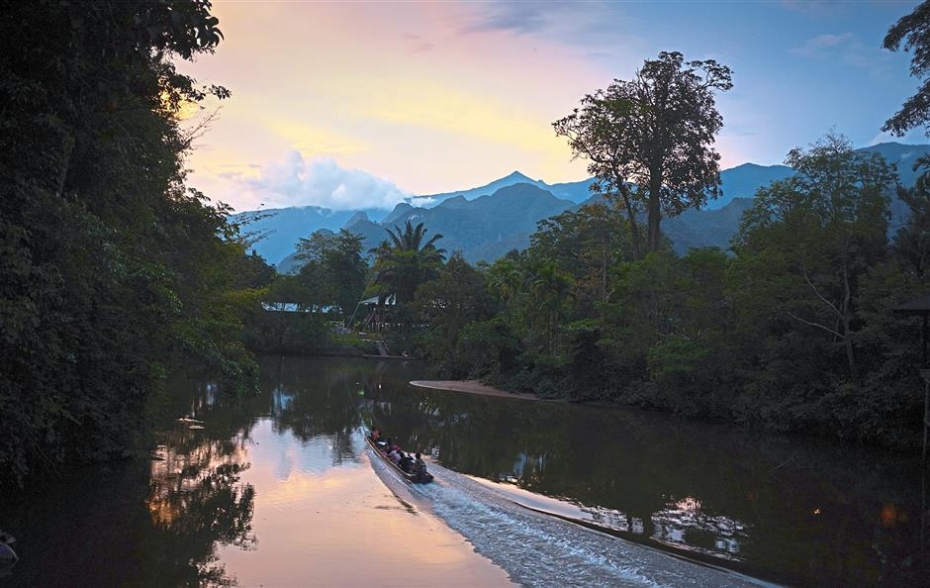
Sunset along the Melinau River in Mulu.
Ready for adventure
Being in Sarawak is already adventure enough, but how much you get out of it is totally up to you. Perhaps a morning stroll in a national park or a trek for days through pristine jungle, sleeping each night in a different longhouse. Or opt for mountain-biking along the jungle trails.
The Headhunter’s Trail is a very popular trek, taking five days and four nights from Mulu National Park through dense jungle and mountainous terrain, towards The Pinnacles. There are many more cross-jungle trails, with treks that go through mountain ranges and valleys, and from one longhouse to the next.

The longboat paddling competition at the Pesta Benak in Sri Aman.
With a special guide, you could go caving in Mulu. Just contact the Mulu National Park headquarters.
If soft adventure is what you’re looking for, then head to Miri, whose status as a diving spot has also grown (though Similajau is catching up). You can go on cycling trips, too, that take you through backstreets and open highways, from one historical fort to another.

The crowd having a great time at the Borneo Jazz Festival.
Read more: http://www.star2.com/travel/malaysia/2017/08/31/sarawak-diversity-nature-adventure/



